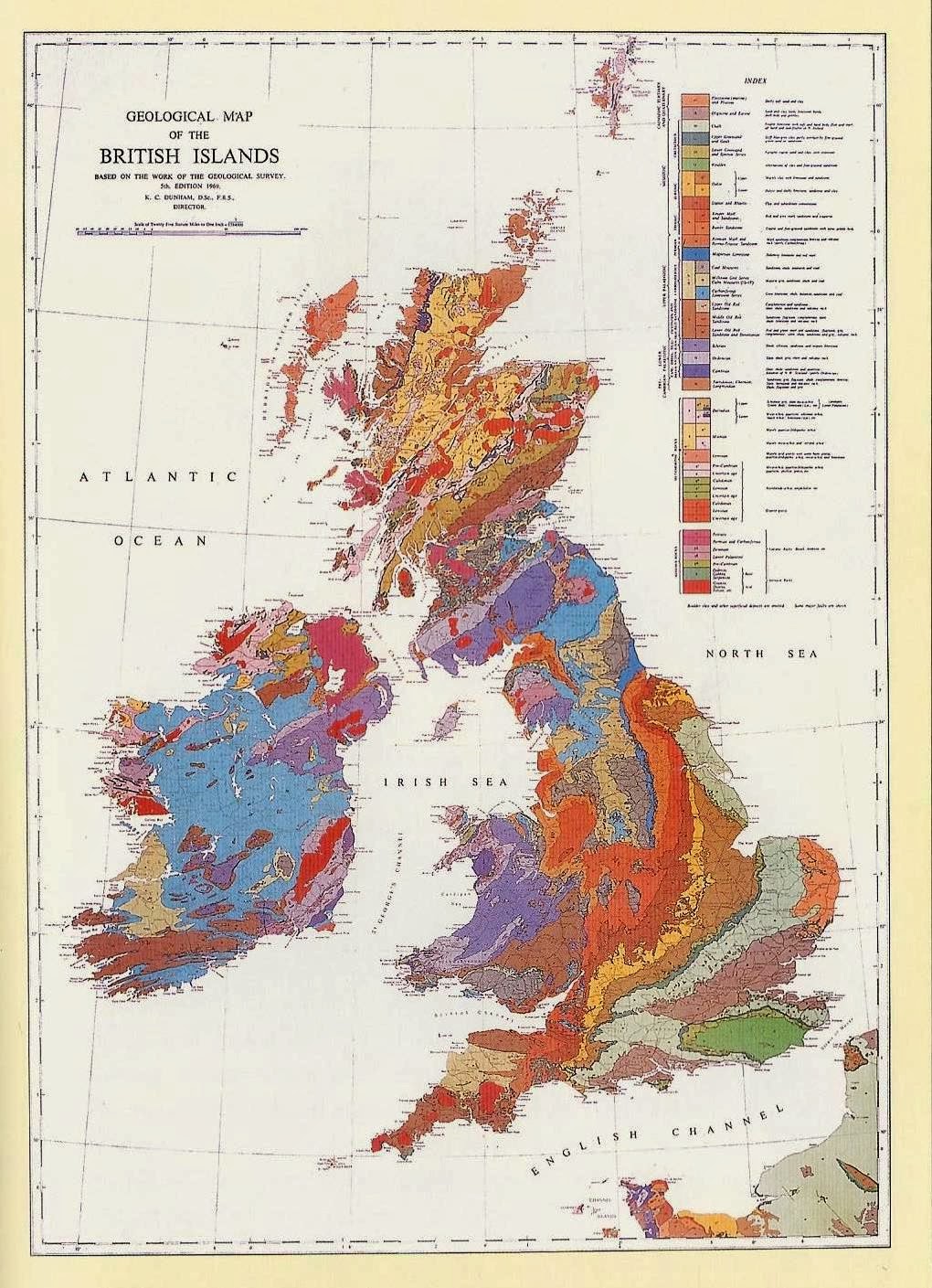

In April, EPA Administrator Michael Regan announced the formation of an EPA PFAS Council tasked with identifying agency action priorities within 100 days. But it could take years before these regulations are final. In March 2021, the EPA announced it would regulate two PFAS – PFOA and PFOS, the two most notorious PFAS chemicals – in drinking water. President Joe Biden has promised to tackle PFAS contamination by regulating the chemicals in drinking water, designating PFAS as hazardous substances under the federal Superfund law, stopping government purchasing of some products containing PFAS, and funding additional research into the chemicals. The Department of Defense has been testing for PFAS at military installations but has made little to no progress cleaning up any contaminated bases. The agency released a woefully inadequate plan PFAS action plan in 2019 that failed to include deadlines for action, and the EPA has made little progress. The Environmental Protection Agency has known about the health hazards of PFAS for decades but has failed to limit PFAS discharges into the air and water or set cleanup standards. Information about sites newly added to the map comes from various PFAS detections reported to government agencies in Colorado, New Hampshire, North Carolina, Ohio and other states, as well as updated records from the Department of Defense. Details about our sources and methodology are here. The latest update of this interactive map documents PFAS pollution in public and private water systems. As of June 2022, 2,858 locations in 50 states and two territories are known to be contaminated. communities confirmed to be contaminated with the highly toxic fluorinated compounds known as PFAS continues to grow at an alarming rate. For the other four PFAS the agency is proposing using a “hazard index” which is a tool used to address cumulative risks from mixtures of chemicals. The MCLs announced are 4 parts per trillion, or ppt, for PFOA and 4 ppt for PFOS.

The limits, known as maximum contaminant levels, or MCLs, are the highest level of a contaminant allowed in drinking water. The proposal targets six notorious PFAS: PFOA, PFOS, PFNA, PFHxS, PFBS and GenX. UPDATE: Ma– The Environmental Protection Agency recently proposed new limits to tackle drinking water contamination from the toxic “forever chemicals” known as PFAS. Mapping the PFAS contamination crisis: New data show 2,858 sites in 50 states and two territories


 0 kommentar(er)
0 kommentar(er)
